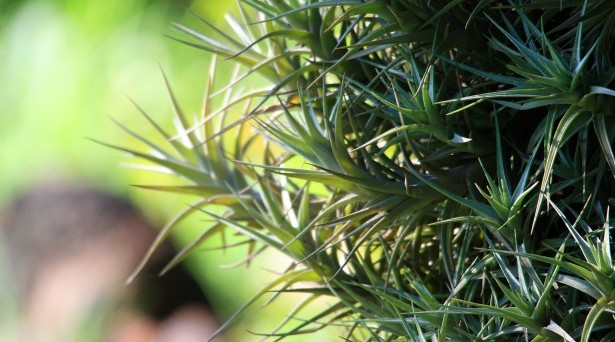
Plants are unique and fascinating organisms, and on this day they get the recognition they deserve thanks to the European Plant Science Organization (EPSO).
That’s right, today is the 3rd international “Fascination of Plants Day”! On this day, thousands of activities are planned around the world to get people excited about the intriguing world of plants.
Many people see plants as nature’s backdrop, assuming that their inability to move around makes them uninteresting. I would argue that this makes them all the more fascintating: plants have needed to adapt to a plethora of stresses, both biotic and abiotic, from which they cannot escape.
This has allowed them to colonise and adapt to almost every niche on the planet, and it has given us diverse sources of food, medicine, clothing, building materials, and fuel. Oh, and they’re responsible for providing the planet with oxygen.
Several of the fundamental experiments on which modern biology is built were performed on plants. Gregor Mendel bred pea plants and described the basic laws of inheritance. Barbara McClintock, studying maize chromosomes, discovered transposable elements and demonstrated the role of several chromosome regions, including telomeres and centromeres. Even NASA has jumped on the plant bandwagon, having realized that growing plants in space is necessary for future missions.
And so, in the spirit of Fascination of Plants Day, here are some of the recent advances in plant research that we’re obsessed with:
Let in the sun
Since plants use water, carbon dioxide, and the sun’s energy to produce carbohydrates, they have evolved some pretty fascinating ways to alter their gene expression in the presence of sunlight and carbon.
A recent study published in Genome Biology examines modifications to chromatin packing in Arabidopsis thaliana as a response to light. Specifically, the role of one histone methyltransferase on the expression of sun- and carbon-responsive genes provides insights into the expression of genes involved in energy metabolism, defense response, and photosynthesis.
Raging hormones

While humans have around 70 different hormones to regulate cellular and body processes, plants rely on 5 major classes of hormones and around 8 types of growth regulators. Two of these compounds, Salicylic acid and Jasmonates, are used in defense against invadors, pathogens, and abiotic stresses.
A recent study in BMC Biology describes the effect of defective jasmonate production in tomatoes, finding that this compound is also involved in timing flower development, but in a way that is distinct from the process in Arabidopsis.
Caffeinate me!
Plants make a number of secondary metabolites that humans exploit for their own uses. Caffeine, quite likely the most popular, is found in the beans of the plant Coffea arabica and the leaves of Camellia sinensis, or tea tree.
The C. arabica genome was recently sequenced, with evidence suggesting that caffeine evolved independently in different caffeinated plants. Recent research published in BMC Genomics looked at gene expression in tea and a wild relative, identifying major genes involved in stress response and metabolism.
Panem et circenses

Plant genomes are difficult to sequence because of a large amount of repetitive DNA sequences and polyploidy, or having multiple sets of paired chromosomes.
The wheat genome is a perfect example of this: bread wheat (Triticum aestivum) is a hexaploid – meaning it has 3 pairs of chromosomes (each pair labeled A, B, or C) – with 80% of its genome being repetitive DNA.
Breat wheat is so challenging to sequence, that a number of research groups are working together on this project, each looking at a different chromosome! Work published in Genome Biology describes the transcriptome of wheat chrosome 3B, giving us unprecedented information about the relationship between genome structure and gene function in this species.
Another recent study identifies the major genetic source of grain dormancy in wheat, with evidence that these genes pre-date wheat’s polyploidization. The on-going work on the bread wheat genome will provide a wealth of information on the evolution of grasses, polyploidization, and how wheat growth and yield can be improved.
This is such an exciting time for plant research. As we gather more and more information about how plants work – and how we can make them work for us – the world of plants becomes increasingly fascinating. So on this Fascination of Plants Day, we hope you’ll look at plants in a new light, and find yourself amazed and in awe of these phenomenal organisms.
Dominique Morneau
Latest posts by Dominique Morneau (see all)
- Best of 2017: Top Picks from Genome Biology - 15th December 2017
- Exploring the epigenetic dynamics of early plant development - 25th September 2017
- Fascinating Plant Epigenomes - 18th May 2017
Great article, very informative , i dint know there is a “fascination plants day”, great 1 hope to participate in one soon. All i know is i planting trees has a lot of advantages in my country. Kenya.